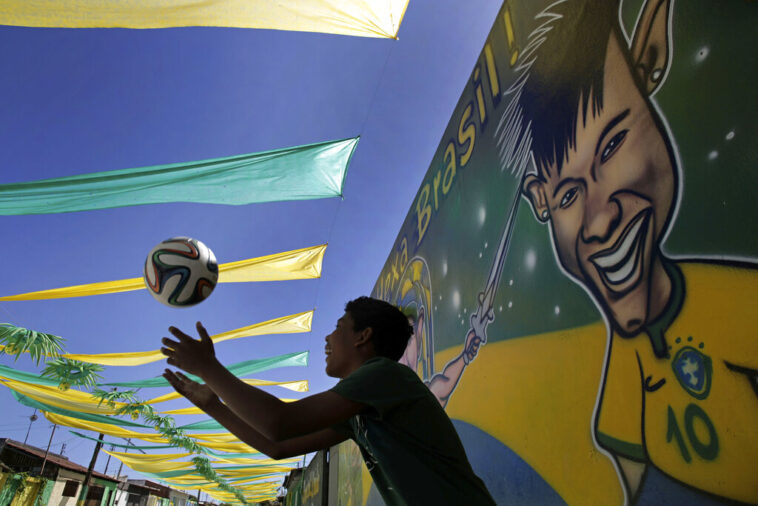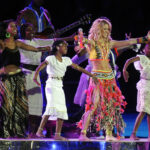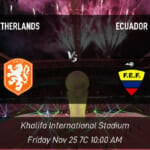If you haven’t been sufficiently excited about the 2022 Qatar World Cup and everything related to it already, JefeBet will tell you about the top 5 World Cup balls in history.
With this list we will make a journey through time to analyze a little of the World Cup soccer balls morphology, their design, as well as who was the winner of that year. Stay with us and keep reading!
Best World Cup Balls in History in the World Cup
Brazuca – Brazil 2014
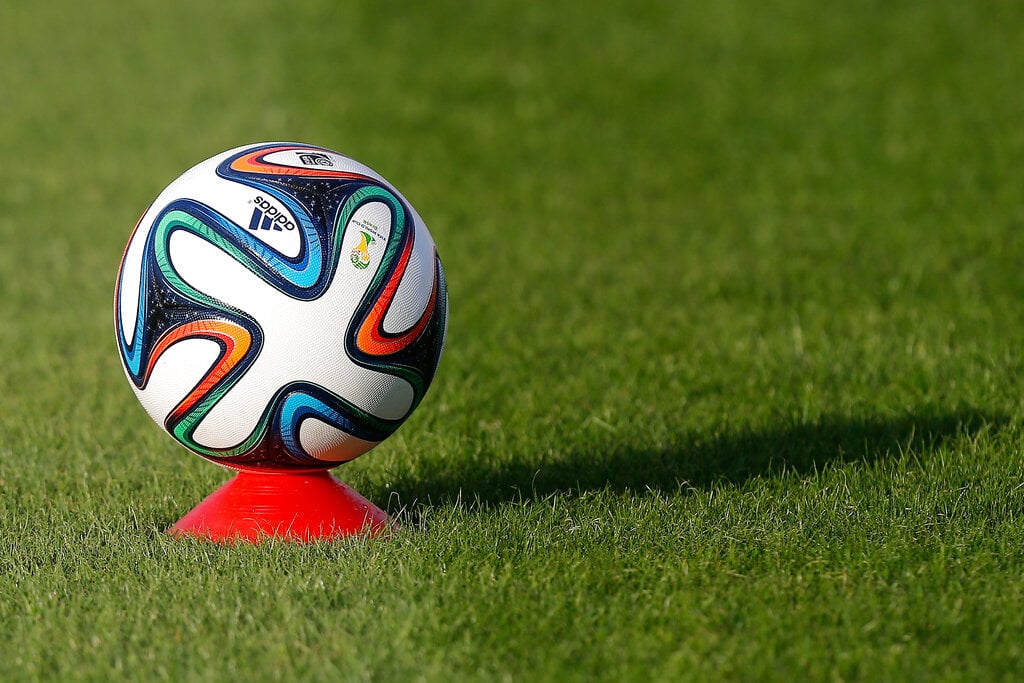
The Brazuca is a beautiful ball that was designed by Adidas for the Brazil 2014 World Cup. This design changed the traditional hexagonal shape of the ball’s panels for curved shapes instead, those panels resemble a cross and contain the colors green, blue and orange. In addition, a constellation of stars is shown at the junction of the crosses, which makes a reference to the stars on the flag of Brazil.
In this World Cup, Argentina and Germany met in the final and the European team won 1-0. The ball was customized for this match and was called Brazuca Final Rio.
Jabulani – South Africa 2010
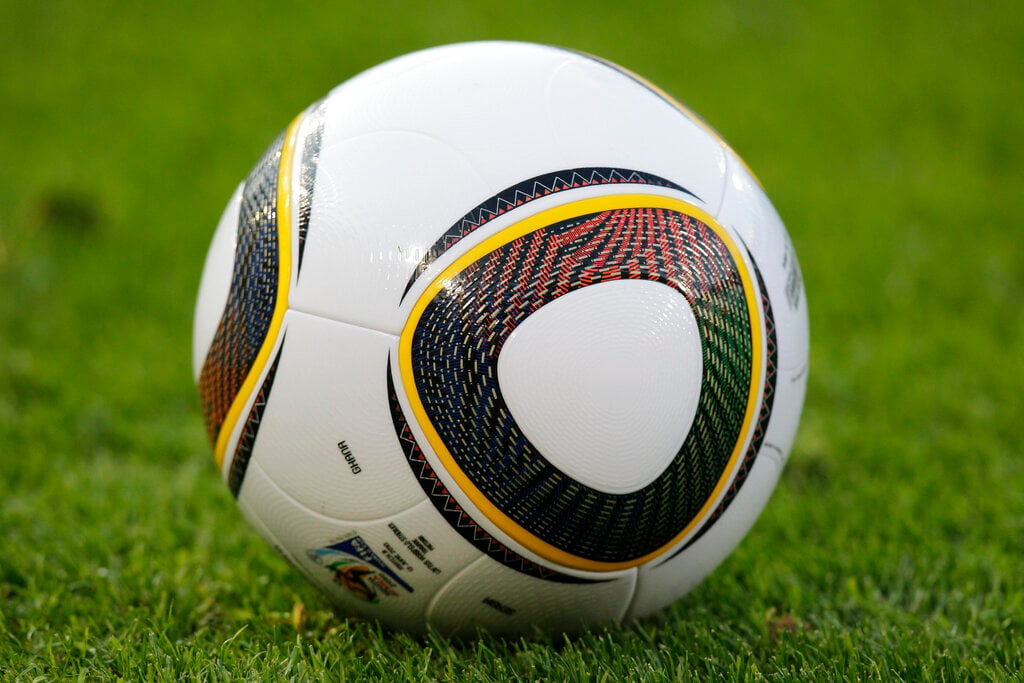
Jabulani is the ball that was used for the 2010 World Cup in South Africa, and it has many beautiful details that further enhance its special character. To begin with, Jabulani means “be happy” in Zulu, a language spoken in South Africa. It is composed of 8 different panels, and has a total of 11 colors, symbolizing the team’s players, the country’s official languages and South African communities.
The final of this edition was played in Johannesburg, between Spain and the Netherlands. Spain won its first World Cup title in a 1-0 result with an overtime goal by Andres Iniesta. The final even featured an appearance by Nelson Mandela.
Al Rihla – Qatar 2022
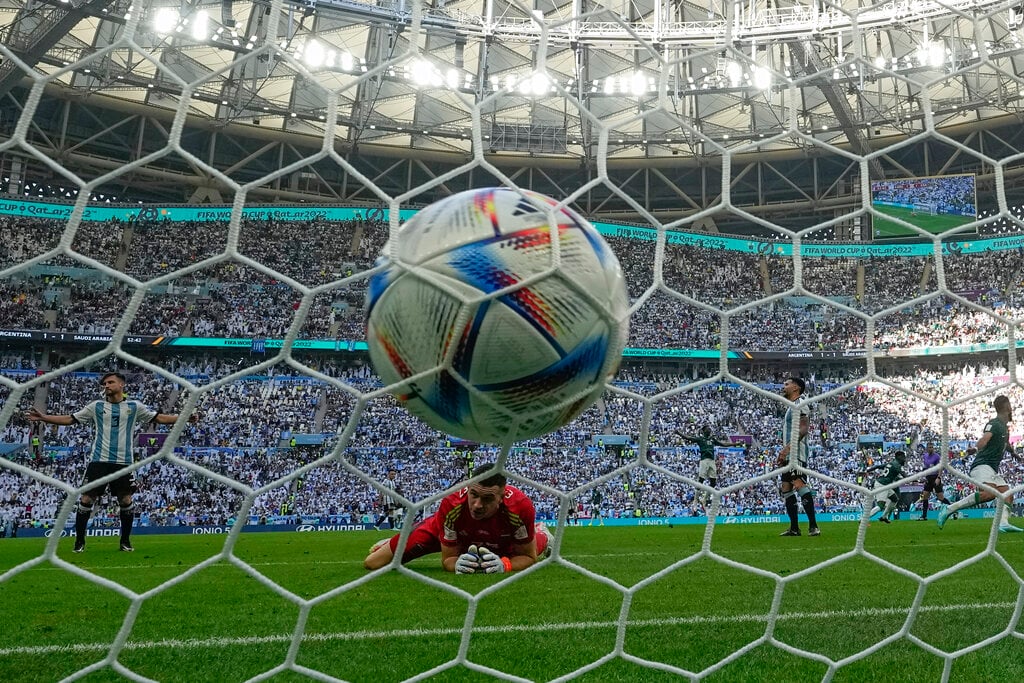
Are you already familiar with the Qatar 2022 ball? Well, it is in our selection of the best soccer balls of the World Cup. It is called Al Rihla, which means “the journey” in Arabic. It has a total of 20 panels that provide aerodynamics features and grip.
Its design also has an extra element that no soccer balls have ever had before: it has an inertial measurement unit sensor inside that instantly gives the VAR information about the movement of the ball.
Azteca – Mexico 1986
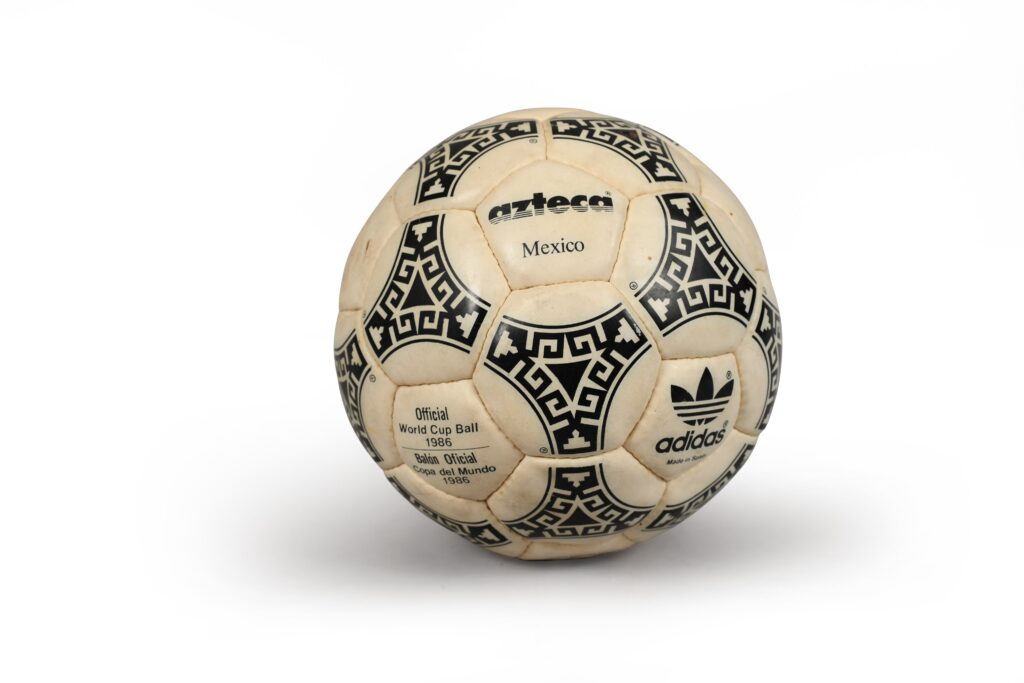
The Adidas Azteca ball was designed with the country’s indigenous and native culture in mind, in terms of its models, and architectural and mural figures. It became a memorable and historic ball, as it was also the first ball to be made entirely of synthetic material.
In the 1986 Mexico World Cup, with the Azteca, Diego Maradona scored La mano de Dios against England , and won the second title for his national team defeating West Germany with a score of 3-2.
Telstar 18 – Russia 2018
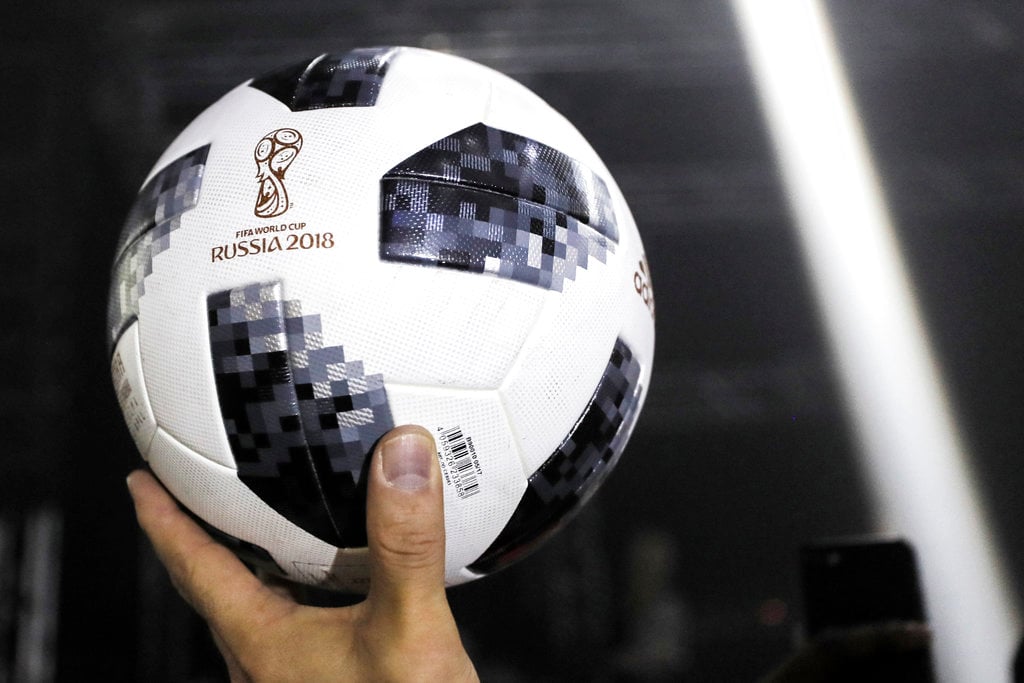
Finally, we have the Telstar 18 ball, used in the last World Cup in Russia 2018. This is a redesign of the original 1970 Telstar, the first ball with a black and white pattern. A curious fact about this soccer ball is that it was presented by Lionel Messi in 2017, and a year later Ronaldo, the former Brazilian player, presented another Telstar 18 that had traveled to the International Space Station and returned to Earth from March to June of that year.
In this World Cup, France and Croatia met in the final and the French won their second cup with a score of 4-2.










